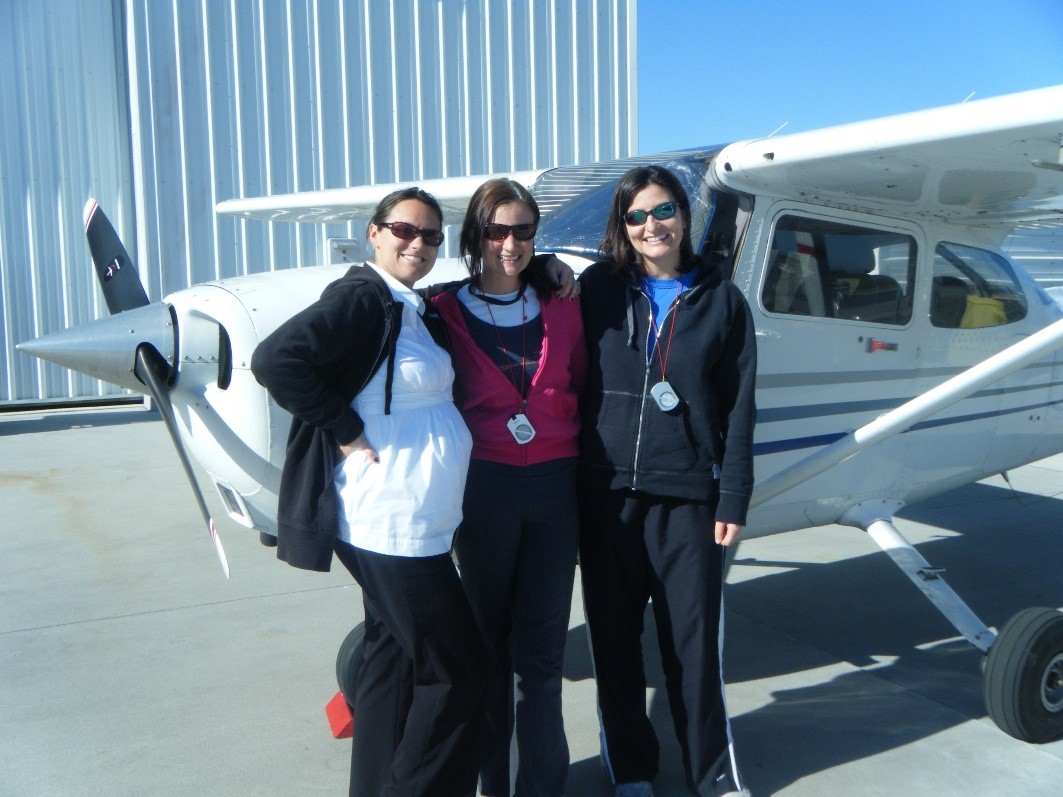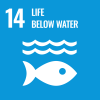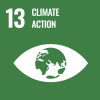
Indian River Lagoon Aerial Surveys

 Hubbs-SeaWorld Research Institute is committed to monitoring cetacean populations and has been studying whales and dolphins in the Indian River Lagoon since the 1970’s when the first studies of these populations were initiated. Systematic long-term monitoring of abundance and distribution is essential to management and conservation and necessary to assess mortality trends and anthropogenic impacts for cetacean stock assessment. Line-transect aerial surveys have been conducted to assess bottlenose dolphin (Tursiops truncatus) abundance, distribution, and group composition in the Indian River Lagoon (IRL) estuary system, Florida. These studies provided abundance data including data to assess the IRL bottlenose dolphin stock prior to the largest Unusual Mortality Event on record for this population, which occurred in 2013.
Hubbs-SeaWorld Research Institute is committed to monitoring cetacean populations and has been studying whales and dolphins in the Indian River Lagoon since the 1970’s when the first studies of these populations were initiated. Systematic long-term monitoring of abundance and distribution is essential to management and conservation and necessary to assess mortality trends and anthropogenic impacts for cetacean stock assessment. Line-transect aerial surveys have been conducted to assess bottlenose dolphin (Tursiops truncatus) abundance, distribution, and group composition in the Indian River Lagoon (IRL) estuary system, Florida. These studies provided abundance data including data to assess the IRL bottlenose dolphin stock prior to the largest Unusual Mortality Event on record for this population, which occurred in 2013.
Related Publications:
Durden, W.N., E.D. Stolen, T. Jablonski, S. Puckett, and M.K. Stolen. 2017. Monitoring seasonal abundance of Indian River Lagoon bottlenose dolphins (Tursiops truncatus) using aerial surveys. Aquatic Mammals.43 (1): 90-112
Durden, W.N., E.D. Stolen, and M.K. Stolen. 2011. Abundance, distribution and group composition of the Indian River Lagoon bottlenose dolphin, Tursiops truncatus, using an aerial survey. Aquatic Mammals, 32, 175-186.
Leatherwood, S. 1977. Aerial Survey of Bottlenosed Dolphins, Tursiops truncatus, and the West Indian Manatees, Trichechus manatus, in Indian and Banana Rivers, Florida. Fish. Bull. 77(1): 47-59. 1979.
Stolen, M.K., W. Noke Durden, and D.K. Odell. 2006. Historical synthesis of bottlenose dolphin (Tursiops truncatus) stranding data in the Indian River Lagoon system, Florida, from 1977-2005. Florida Scientist70:45-54.
